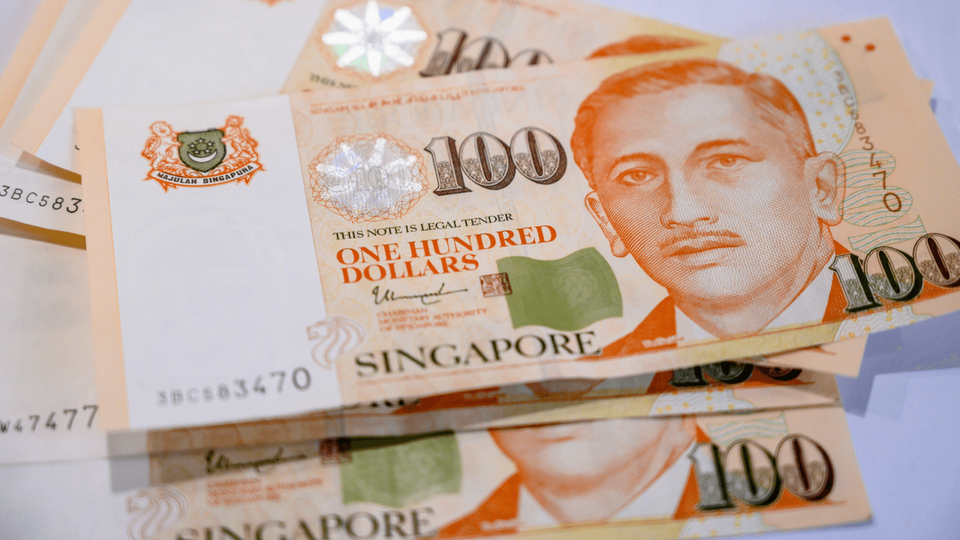What Can You Buy With Your SRS Funds in Singapore?

Now that we’ve started 2024, individuals in Singapore will have seen their Supplementary Retirement Scheme (SRS) annual caps reset.
Just a brief remind; if you’re a Singapore citizen or PR, that annual cap (that can be used to offset your taxable income) is S$15,300. If you’re a Foreigner, that income-offsetting annual cap is a more sizeable S$35,700.
Whatever the case, many of us may have contributed funds into our SRS account – like I did myself – just before 31 December 2023.
Who doesn’t like saving tax, whether it’s the start of the tax year or at the end of it?

Alright, so the late 2023 contributors probably have some SRS funds laying there, basically earning 0.05% in interest.
As I’ve always said, you need to invest the money in your SRS account to ensure it’s not being eaten away by inflation.
But what can you invest in with your SRS funds in Singapore? Here’s a quick rundown of some of the key options to get you started on putting that cash to work.
1) Individual stocks in Singapore
You can purchase individual stocks or ETFs that are listed on the Singapore Exchange by using one of the SRS-approved brokers.
This option can give you more freedom to pick individual companies to buy with your SRS funds.
However, the downside is that you can’t buy shares listed outside of Singapore, meaning your investment options are rather limited.
2) Robo-advisor platforms
Another option would be to use one of the many wealth advisory/robo-advisory fintech platforms in Singapore.
These companies have managed to reduce the cost of everyday investing and they can give you global exposure to both stocks and bonds via their risk-based portfolios.
Some prime examples of robo-advisors that you can use to invest your SRS funds are Endowus and Stashaway.
While this gives you the ability to outsource the investing decisions, the annual fee you pay (as a percentage of the total you have invested) can range from 0.4% to 0.6%.
3) SGS bonds and SSBs
Basically, SGS is short for Singapore government securities – so think 2-Year or 10-Year Singapore government bonds.
Meanwhile, SSBs is short for Singapore Savings Bonds. These are a lot more liquid and both SGS and SSBs offer decent yields in the 3-4% range at the moment.
However, the big downside of Singapore government bonds is that you can’t redeem your bonds early.
SSBs are much better and you can redeem those early without penalty but the one restriction on those is that no individual can hold more than S$200,000 in SSBs.
Be sure to invest your SRS
Other options out there include unit trusts, single premium insurance, fixed deposits in Singapore dollars or foreign currency fixed deposits.
However, those options are less enticing than the three mentioned above given the limited options, longer holding periods and/or expensive fees.
Whatever route you go for, though, just be sure to put your SRS money to work so that your efforts to save on tax don’t get undone by inflation.
